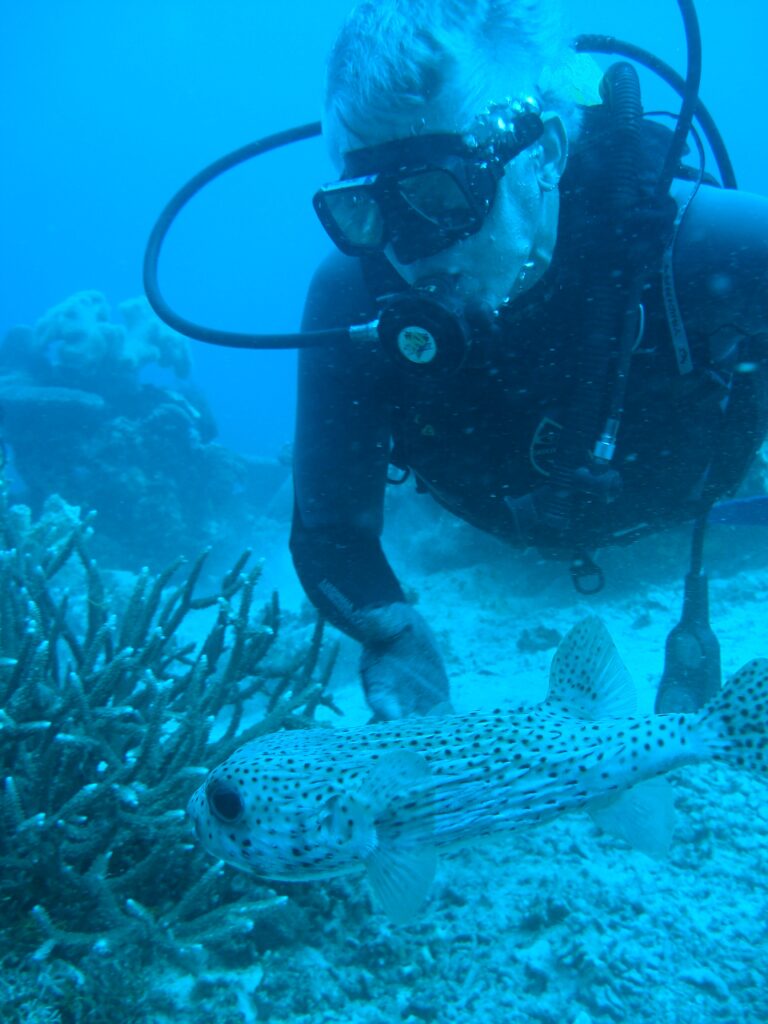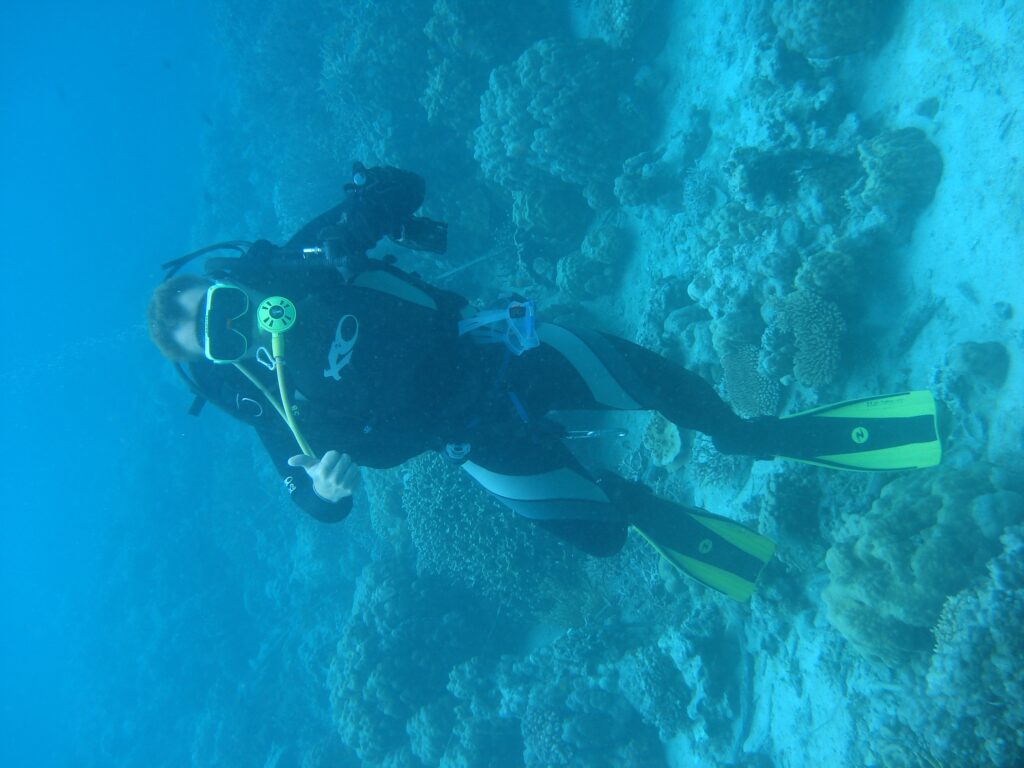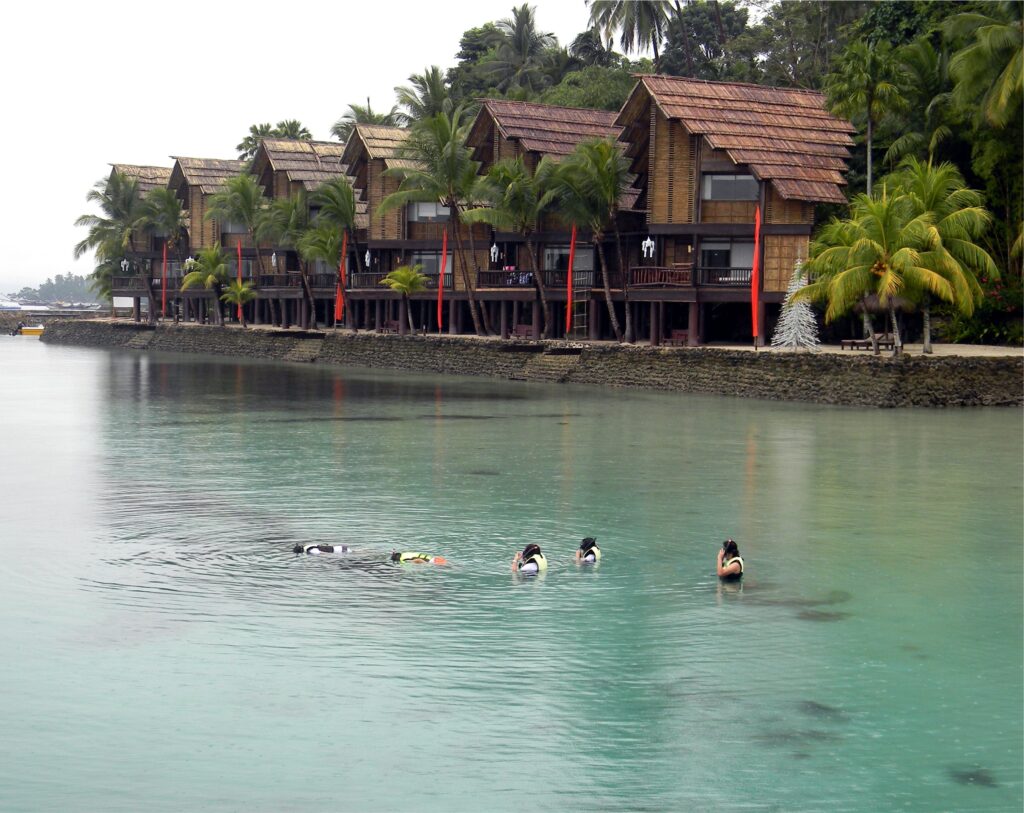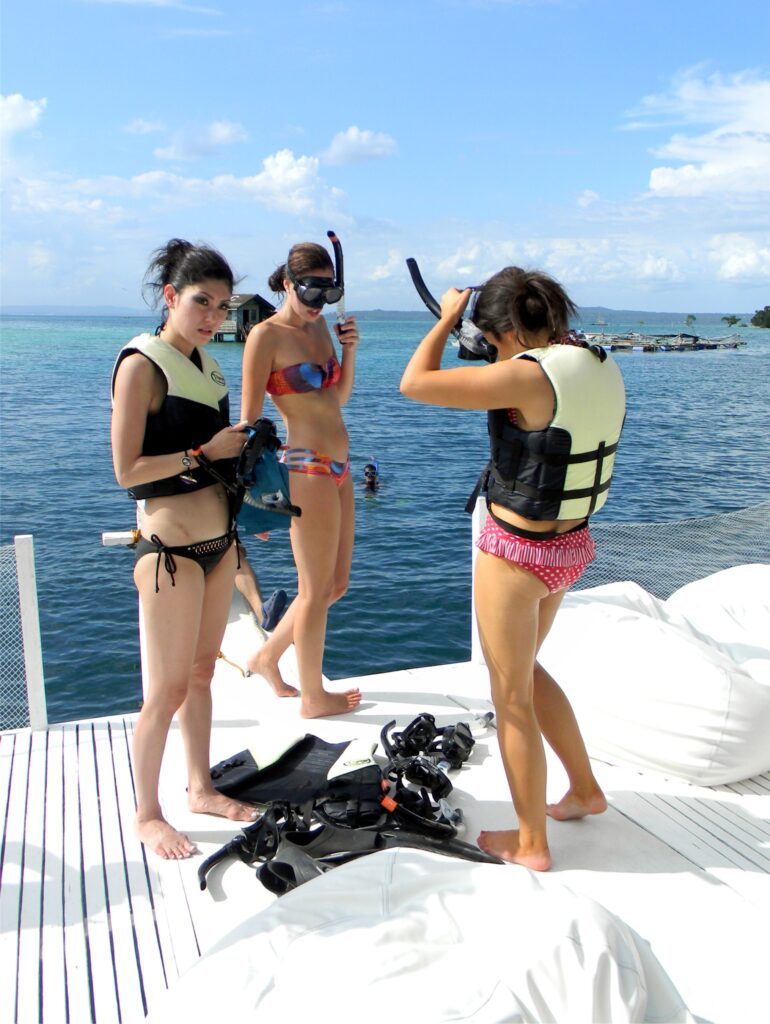Text and Photos by Henrylito D. Tacio
Additional Photos by Darrell D. Blatchley
“The Pearl of the Orient Seas” is how some historians called the Philippines. Its landscape is beautiful, the people are friendly, and the foods are delicious. What a person wants to see, the Philippines has them.
With 7,107 islands, the Philippines has one of the longest coastlines in the world – estimated at 36,289 kilometers. Its diverse coastal zone consists of a variety of tropical ecosystems, including sandy beaches, rocky headlands, sand dunes, coral reefs, mangroves, seagrass beds, wetlands, estuaries, and lagoons.
As such, diving in the Philippines is spectacular. This country lies in the so-called “ring of fire,” making it prone to powerful earthquakes, volcanic eruptions, and tsunamis—the result: incredible landscapes and underwater areas.
Most of the islands in the country are attractive but there a few which seem to stand above the rest. The Island Garden City of Samal – composed of seven islands – is one of these because of its unspoiled beauty. “A little paradise on earth” is how people described the place.
Located in the heart of the Davao Gulf, Samal City is physically unattached to the mainland of Mindanao, although it is only 900 meters east of Davao City. It has a stretch of over 118 kilometers of continuous coastline and an extensive mountain range at the eastern coast, several isolated hills, and uneven distribution of lowlands.
“The water is crystal clear throughout the coastline, which varies in terrain from gently sloping sand beaches to steep cliffs and rock formations,” the Davao regional office of the Department of Tourism states. “The colors of the coastline at the beach areas transform itself from the green lush vegetation of coconut trees, to the white sandy beaches, to the dark blue color of the sea, with its deep waters and coral reefs.”

Diving 
Samal diving
“Samal Island,” points out Carlos R. Munda, Jr., a driving enthusiast and instructor from Davao, “is strategically located in one of the most dive-friendly locations in the world.”
Though relatively unknown outside a small circle of diving enthusiasts, the waters surrounding the island “is a treasure trove of dive sites for every kind of underwater adventure.”
He cites these reasons: “From World War II-era Japanese wrecks and sheer drop offs and spectacular sea mounts to rival the best that Tubattaha has to offer, to the rarest and most curious-looking critters this side of Lembeh – all these can be found when diving in Samal.”
Tubbataha is actually an atoll coral reef located in the Sulu Sea; it is a marine sanctuary protected as Tubbataha Reef National Marine Park. Lembeh, on the other hand, is a strait found in North Sulawesi, Indonesia; it is home to pygmy seahorses, hairy frogfish, stargazers, and wunderpuses.
But more than the great sites, diving in Samal Island is even spectacular because of its great weather. “Unlike most of the other popular dive destinations in the country, divers can enjoy the watery beauty of Samal all year round,” Munda says. “No storms or typhoons to ruin that well-planned dive.”
If Samal Island is really that great as a diving site, why is it not popular among divers? The simple answer: geography.
“Like the proverbial double-edged sword, Samal’s location away from the typhoons that ravaged most of the Philippines also places it away from the country’s capital Metro Manila,” Munda explains. “This translates to less exposure to national and international media outlets, which serve as bibles for most of the world’s travelers.”
There are many places in Samal that can be considered a haven for divers. Take the case of Pearl Beach Resort, which former tourism secretary Joseph Durano called “paradise on earth.” Excellent diving can be had right in front of the resort.
The natural haven, which has been declared a marine sanctuary, offers spectacular diving amongst the vast shoals of fish and giant taklobo clams, without the need for tedious boat rides. Just 60 meters away from the resort are two sunken Japanese World War II ships that await discovery.
“If you ever get the chance to dive at the Pearl Farm Resort, you will see what the best of the Davao Gulf has to offer,” says Darrel Blatchley, who once plunged at the diving site of the resort. “Fishing is strictly prohibited so the fish are plentiful and big. The fish are not afraid of you so they come in close as if they want to say hi!”

Among those that he saw while diving was the parrotfish, triggerfish, barracuda, and the poisonous but impressive lionfish. Blatchley had been fortunate to dive on the resort’s newest attraction: a small airplane that was towed out and sunk to create an artificial reef.
However, Samal City has a multitude of dive sites to suit all tastes. The Ligid Caves in Big Ligid Island has marvelous underwater marine life. Fine golden sea cucumbers are densely littering the reef amid a rainbow of soft corals, hydroids, and basket stars. In the caves, divers get to see small tropical small reefs, black corals, soft corals, and sponge crabs. Outside the caves, they will encounter several marine creatures such as crabs, tunicates, scorpion, rabbit fishes, morays, and razorfishes hovering vertically in a harp gorgonian.
The Pinnacle Point, in the southeastern tip of Big Ligid, has a variety of corals with different colors. In the protected areas, large gorgonians, black corals, lots of anthias and tubastrea, angelfishes, scorpionfishes, lionfishes, and many invertebrates can be found.
At the east of Small Ligid is a dive site named “Buenavista” after a resort. This beautiful dive spot features a dense coral reef where colored coral trout fish abound and a large rock formation full of nudi branches and soft corals where sea snakes sometimes roam and disappear in the sandy portions. There are also jackfish and rainbow runners in the area.

Ready for diving 
Soft corals
Along the coast of Talicud Island is the Dapia Reef. The area’s pristine waters serve as a sanctuary for the fascinating marine life around and beneath it. Examples are tropical fish, morays, barracuda, fusiliers, sea urchins, sea horses, and even jackfish and tunas.
Another Talicud wonder is the Babu Santa Minwall Dive Site. You have to go down about 60 feet for a clearer dive sightseeing for fantastic deep sea highlights. Just follow the rocky wall and descend further at 30 meters to enjoy the various coral formations protruding from the wall. Then come across a hidden cove, which is a haven of tunicates. In shallower areas, divers can take pleasure observing soft corals.
Protected by a small bay west of Samal Island is San Jose, a quiet yet interesting dive site. Due to the protective bay, the water current is generally calm and conducive for snorkeling and even diving for first-timers. The dive spot is famous for the abundance of sea life found in the area, most suitable as seafood to lure tourists starving for grilled seafood dishes.
Whether people know it or not, the shores and shoals of Samal continue to hold its secrets.
“Like a well-written mystery novel,” Munda rhapsodizes, “it offers small tantalizing hints and a few seductive glimpses of the natural riches that lie within – not too much that it becomes boring, but just enough to draw people in. Hidden beneath the white-capped waves, it waits for those willing to try something new, willing to go beyond the ordinary and explore the underwater wonders of Samal Island.”

